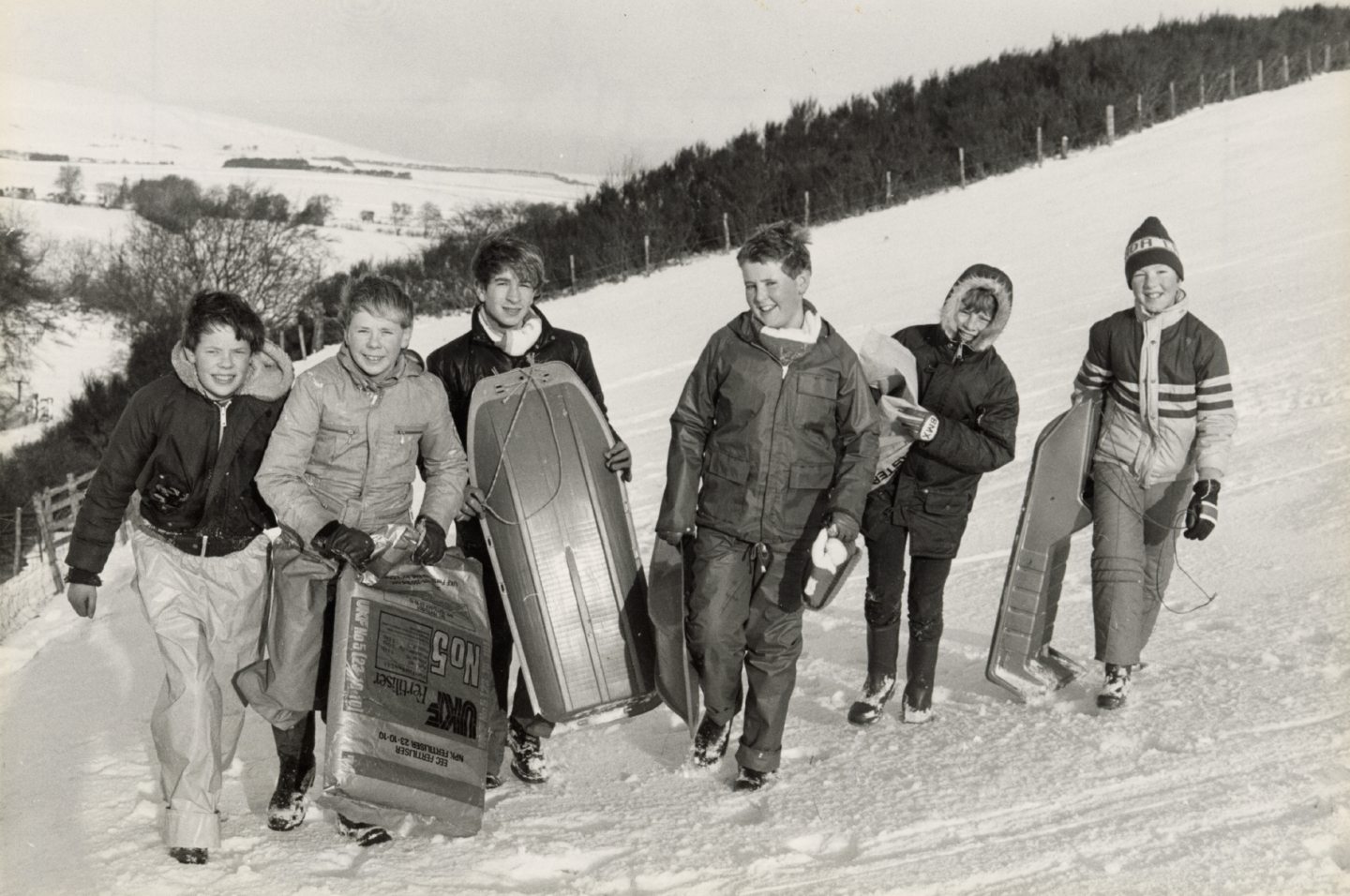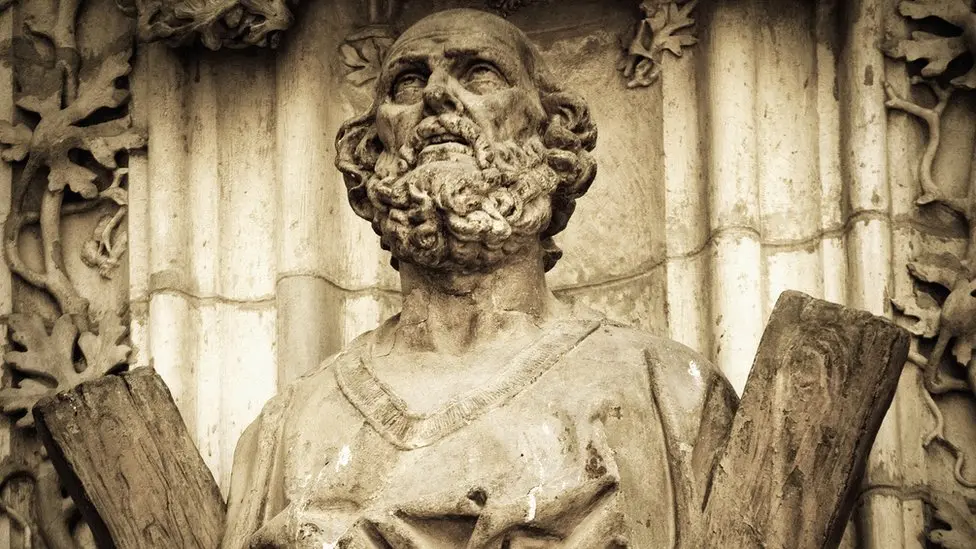Tom Matano, Japanese designer behind the much-loved Mazda MX-5 sports car
A cross between the MGB and Triumph Spitfire, the MX-5 went back to the simple roots of 1960s sports car design and sold 1.5 million

Tsutomu “Tom” Matano, who has died aged 77, was a Japanese industrial designer who led the design of the original Mazda MX-5 car, which in 1989 successfully re-invented the concept of the traditionally British, rear-wheel-drive open-topped two-seat sports car, but with the added ingredients of Japanese reliability and manufacturing quality.
In 1989 the lithe little MX-5, or “Miata” as the car was branded in America (Miata being an old German word chosen by Matano meaning “gift” or “reward”), bucked the trend for front-wheel-drive hatchbacks by going back to the simple roots of 1960s sports car design.
The MX-5 resembled a cross between the MGB and Triumph Spitfire, and despite comparisons with the Lotus Elan, Matano insisted that he also took his design inspirations from the 1964 De Tomaso Vallelunga, his own 1960s Fiat 850 convertible and various Alfa Romeos.
With its “empathetic design” sculpture styled by Matano – notably its smiling “face” – allied to fine handling, the MX-5 captured the motoring public’s hearts across four decades and 1.5 million sales. Matano, who earlier in his career had contributed to General Motors, Holden and BMW, became a design luminary, his rise to fame a classic tale of overcoming obstacles.
Tsutomu Matano was born on October 7 1947 in the shattered remains of Nagasaki. He and his younger brother Minoru would experience many changes of home and school as their parents moved around Japan.
A formative influence was his uncle, who had been a fighter pilot in the Second World War, was a skilled mechanical engineer and owned a petrol supply outlet. As a teenager, Matano helped his uncle build a pick-up truck, and a fascination with cars was born. He took a keen interest in the family’s Morris Minor and a 1957 Cadillac, as well as a neighbour’s Citroën 2CV.
Matano wanted to study design and architecture, but his strict father insisted on a more traditional subject. He enrolled at Seikei University in Tokyo to study industrial engineering, and bought an old car, which he resprayed in a colour of his own creation.
Inspired by 1960s American “jet age” industrial design, in 1970 he secured a US visa – despite paternal disapproval – and worked his passage to Seattle on a cargo ship owned by his family. There he improved his English and refined his illustration technique by painting roses, then creating a design portfolio; he was accepted into the Art Center Design College in Pasadena at the second attempt.
Graduating in 1974, Matano went to work for General Motors in Detroit but the 1970s economic crisis saw even his powerful employer struggle to secure a work visa for him. So he was sent to their Australian outpost, the Holden brand, where he spent several years and created design details for the Holden Torana and Commodore cars.
Matano transferred to General Motors’ German Opel division, wanting to study the newly fashionable subject of aerodynamics. In 1981 he was accepted by Porsche, but the company took too long to process his application, so, losing patience, he joined BMW, where he created elements of the BMW E36 3-Series and 8-Series, and worked closely with the Italian designer Ercole Spada, who would influence the Mazda MX-3.
But by 1983 Matano “could not stand all-day darkness and minus-20 degrees in another Munich winter”, in his own words, and when Mazda’s Bob Hall, an old friend, offered him a chance to run the marque’s new design studio in Irvine, California, he left.
The MX-5, conceived by Hall, was crafted by Matano and a small team. Matano went on to design the final version of the Mazda RX-7, a true supercar which took Mazda into Porsche territory. He also influenced more mundane Mazdas, leading the company’s Japanese design studio in the 1990s.
After retiring in 2002, Matano and his wife Kazuko moved to San Francisco, where he took up a role as Director Emeritus of the School of Industrial Design at the Academy of Art University. He spent so much time in a local Italian restaurant that the owner created a dish in his name – pasta à la Matano.
“Papa Miata”, who was seldom seen without his pipe, had a huge sense of humour and was revered by his students, and by MX-5 owners whose global meetings he often attended.
He is survived by his wife.
Tsutomu “Tom” Matano, born October 7 1947, died September 20 2025
[Source: Daily Telegraph]




















/file/attachments/orphans/1000146612_845134.jpg)

































